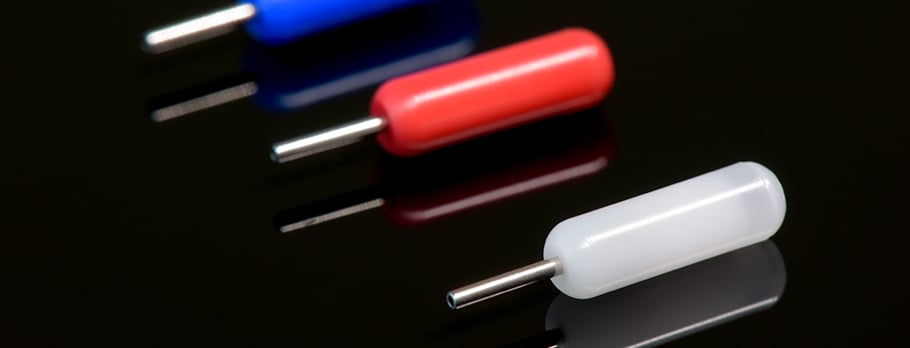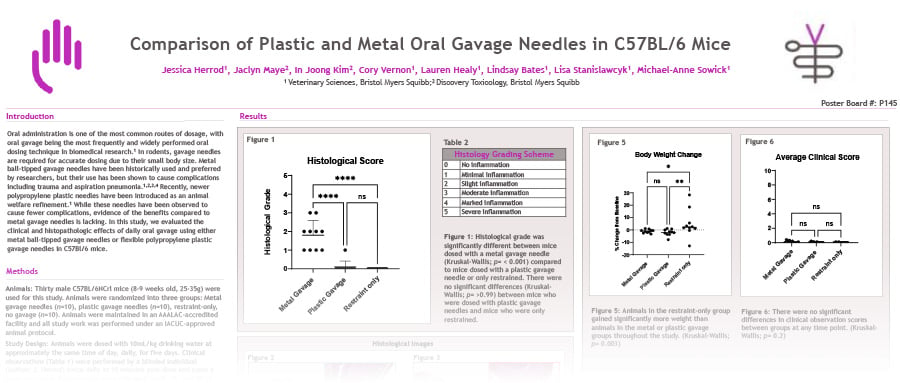The use of round- or square-tip catheters for rodent vascular catheterization and the resulting impact on patency has been a debate among research surgeons and scientists for many years. We are excited to share data that finally supports one shape over the others. First, let's outline the pros and cons of each catheter tip type.
Catheter Tip Types
Square
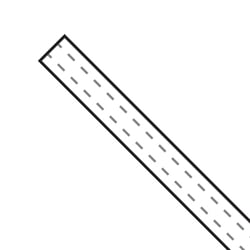 |
Square-tip catheters have been a standard for rodent surgery for many years, in large part due to the simplicity and cost-effectiveness of making catheters from a roll of tubing. Some researchers have been concerned that the square tip can irritate the vessel wall, leading to reduced patency compared to a square tip, but often there are many other factors complicating a comparison. For example, round-tip catheters are typically manufactured in a clean room and delivered in a sterile pouch, whereas square-tip catheters are often cut from a non-sterile roll of tubing in the lab. Infection from poor aseptic procedures can far outweigh the impact of the shape of the catheter tip. |
Round
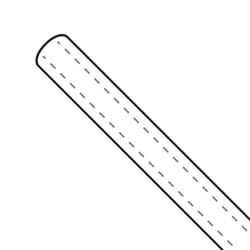 |
Round-tip catheters are the standard in human medicine. Producing a consistent tip requires special equipment and is labor intensive, making them more expensive than cut tubing. The round tip can make them easier to insert into the vessel and may minimize vessel wall trauma. When the value of achieving long-term patency clearly outweighs the cost of the tip, most researchers choose round tip catheters without question, even though they may not know if it really makes a difference. |
Bevel
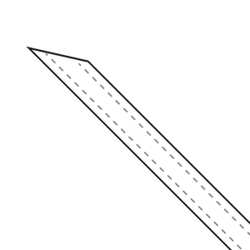
|
A beveled-cut can also be made in the lab just like square tips. The bevel can make them easier to insert into the vessel, but the sharp tip could irritate the vessel even more than a square tip. Depending on the catheter material and the vessel, there's even the risk that the catheter could puncture the vessel wall. For these reasons this tip shape is generally avoided, and was not even considered in the study below. |
The Comparison Study
At the 2021 AALAS annual meeting, Charles River Laboratories shared this 120 animal study from their Ashland, OH site. The study had six groups of male and female Sprague Dawley rats, comparing round and blunt tips in both jugular and femoral veins, and also looked at tip placement in the femoral vein and in one group the impact of using only saline, with no heparin anticoagulant, as a lock solution. The end point was bidirectional patency after eight weeks, flushing once a week.
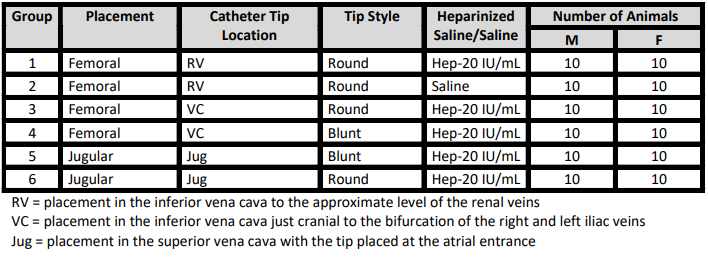 All catheters were sterile and implanted under the same conditions by Charles River's surgical services group. All were externalized with Vascular Access Buttons™ to permit aseptic access techniques and social housing throughout the study.
All catheters were sterile and implanted under the same conditions by Charles River's surgical services group. All were externalized with Vascular Access Buttons™ to permit aseptic access techniques and social housing throughout the study.
Results
The round tip groups showed a clear benefit in patency over their square tip counterparts: 70% vs 35% patency after eight weeks for both the jugular vein and femoral vein placements. Groups with round tip catheters in the femoral vein with the tip placed at the level of the renal veins had the best patency, over 80%, and interestingly the presence of anticoagulant in the lock solution did not have much impact.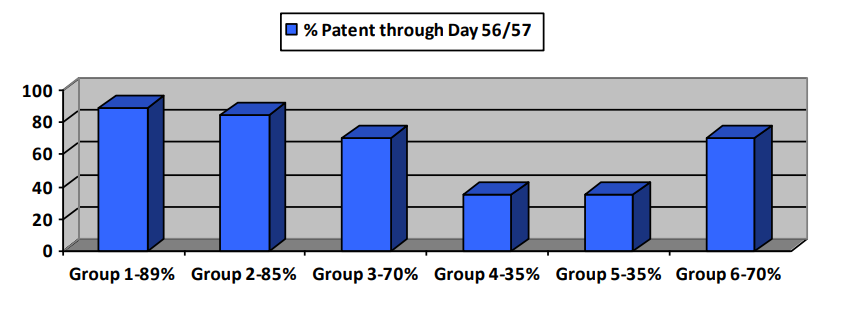
Discussion
If you need vascular access in rats for several weeks or more, a round-tip catheter should be an obvious choice for the success of your study and a 3Rs reduction in animal use.
This study also highlights that it is critical for surgeons to place the catheter tip at the ideal location in the vessel. And it reinforces data seen in other studies that indicates that lock solutions may not have a significant impact on patency when researchers use good aseptic access techniques and the catheter tubing is completely subcutaneous. Researchers should consider whether potentially harmful viscous lock solutions with high concentrations of heparin are necessary for their study.
For more details download the poster: Comparison of Catheter Tip Style, Placement, Locking Solutions and the Influence on Catheter Patency in Sprague Dawley (SD) Rats, 2021 AALAS P303

